The operation began on September 19 after Azerbaijan accused several of its soldiers of being killed in attacks originating from Nagorno-Karabakh.
The area is internationally recognized as Azerbaijani territory, but is partly controlled by ethnic Armenian separatists who claim it as their ancestral homeland.
Azerbaijan said the goal of the operation was to disarm and ensure the departure of Armenian armed forces from its territory, as well as neutralize their military infrastructure.
The separatist administration in Nagorno-Karabakh said at least 27 people were killed and more than 200 injured in Azerbaijan’s latest military action. In addition, TASS news agency reported that Russian peacekeepers had evacuated more than 2,000 people from high-risk areas in Nagorno-Karabakh.
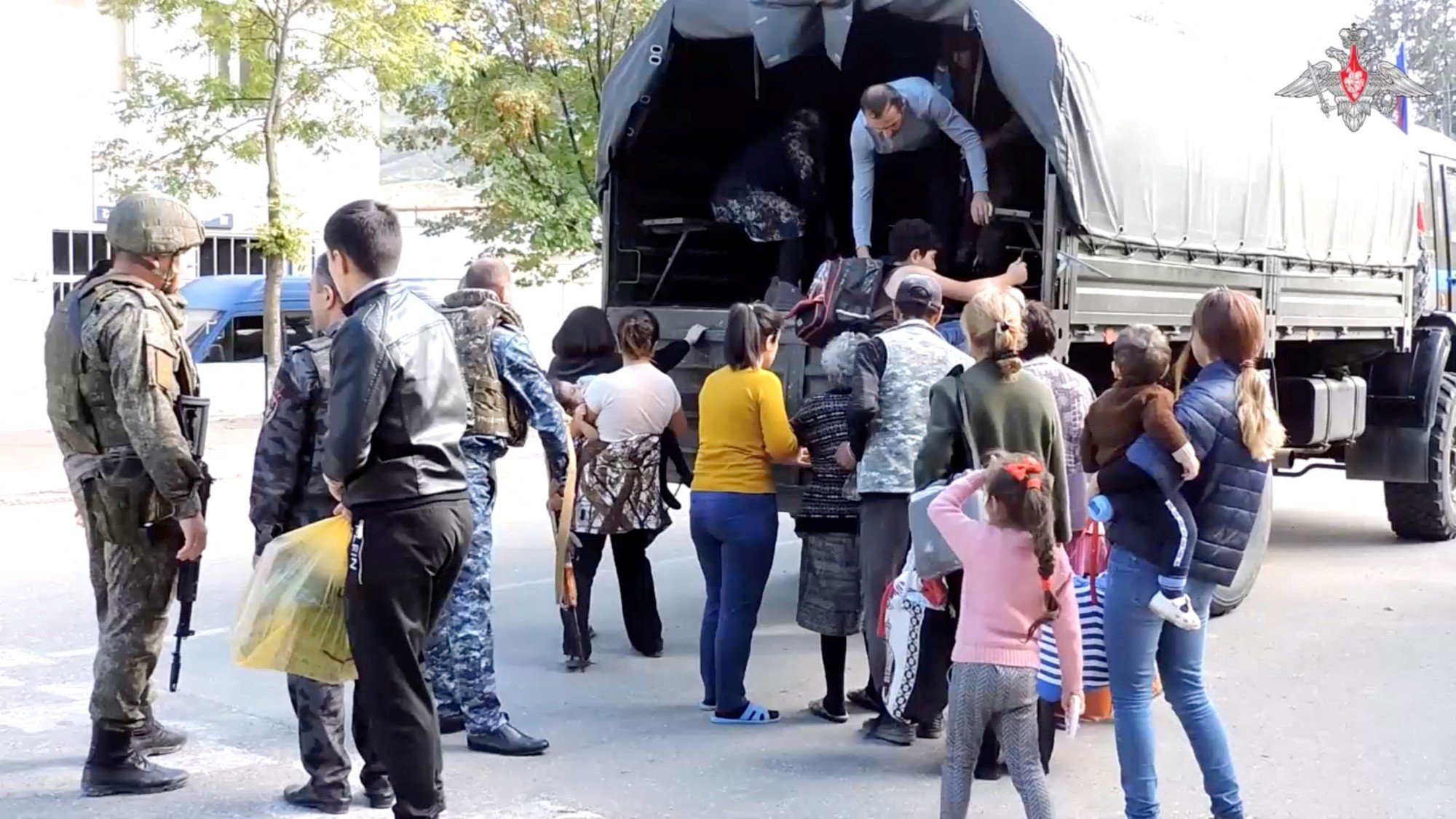
Russian peacekeepers evacuate people in the town of Askeran in Nagorno-Karabakh on September 20. Photo: REUTERS
After the conflict broke out, US Secretary of State Antony Blinken called and urged Azerbaijani President Ilham Aliyev to immediately end "hostile actions".
Mr Blinken also told Armenian Prime Minister Nikol Pashinyan that Washington supported the country's sovereignty and territorial integrity. UN Secretary-General Antonio Guterres also called for an "immediate cessation of fighting" while the European Union, France and Germany condemned Azerbaijan's move.
Russia has urged both sides to end bloodshed and hostilities and continue implementing a Moscow-brokered ceasefire that followed a six-week conflict in 2020. The Kremlin has also rejected Armenian accusations that Russia has not done enough to stop the fighting in Nagorno-Karabakh.
It is unclear whether Azerbaijan’s latest military action will spark a full-scale conflict and draw in Armenia. However, according to Reuters, the fighting in Nagorno-Karabakh could change the geopolitical balance in the South Caucasus region, where Russia, the United States, Türkiye and Iran are competing for influence.
Source












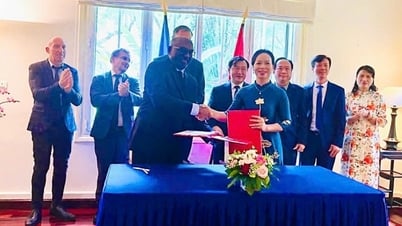
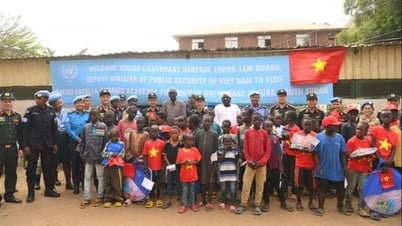
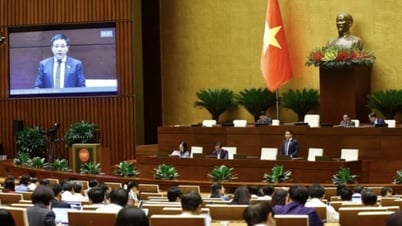




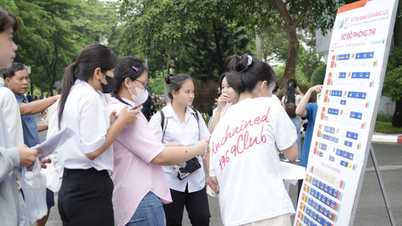
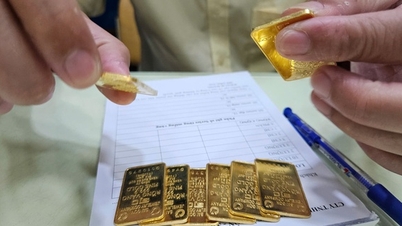















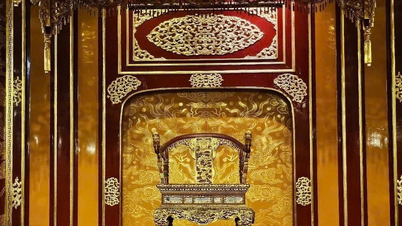
















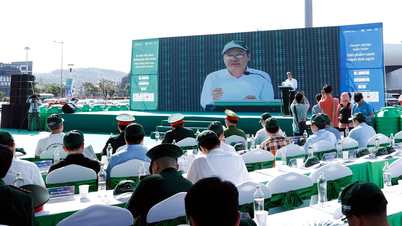







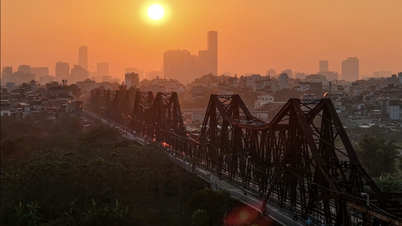






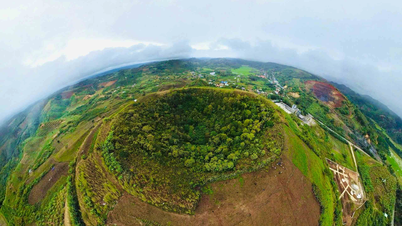




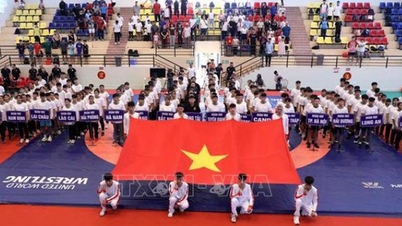


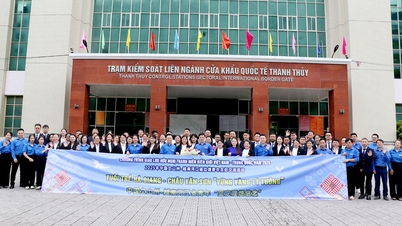



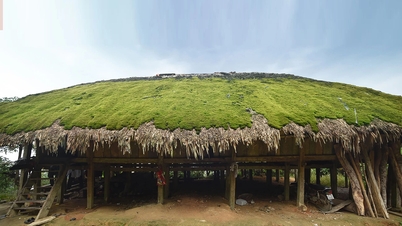
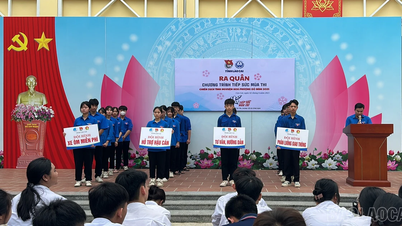



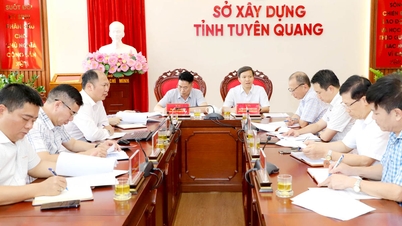













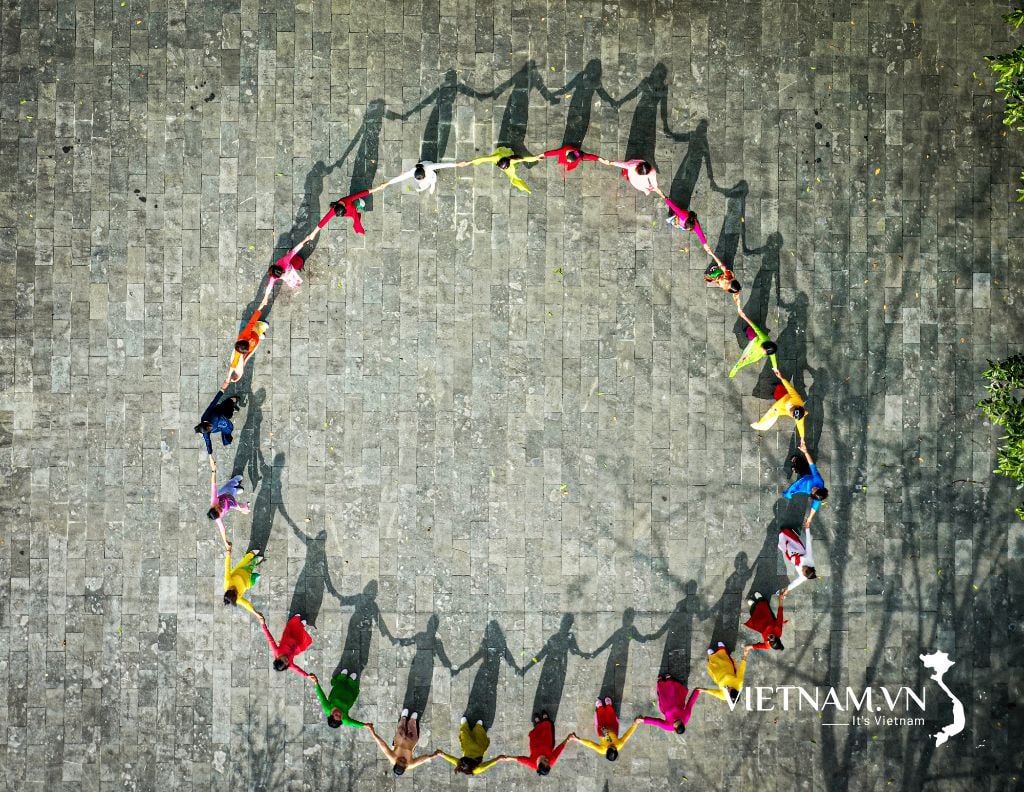

Comment (0)